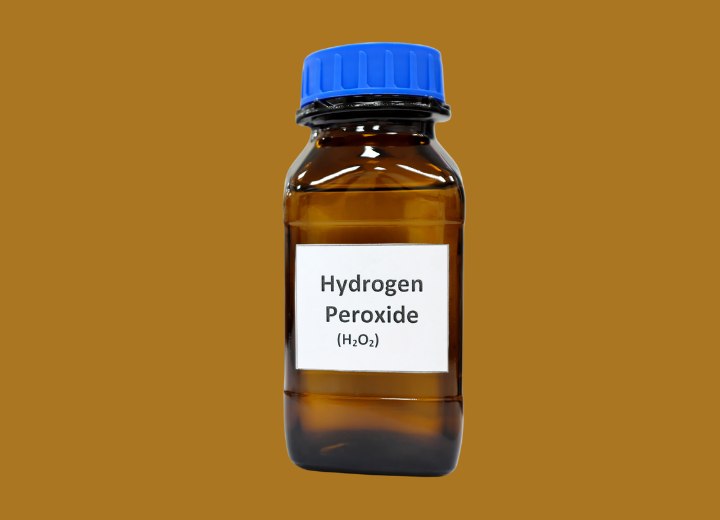The Scientific Processes During Perming & Relaxing

Side bonds are found in two forms - physical side bonds and chemical side bonds. Breaking and reforming these side bonds allow us to rearrange the wave pattern of the hair. Physical side bonds can be broken using heat and water and reform when the hair dries and/or cools.
The disulfide bonds join one sulfur atom on one polypeptide chain to another sulfur atom on a different polypeptide chain. Perms use reducing agents called thiol compounds, which break the disulfide bonds by adding a hydrogen atom to each of the sulfur atoms in the disulfide bonds. With the disulfide bonds broken, the polypeptide chains are able to slip into their new shape.
The broken disulfide bonds are reformed through the neutralization of the thio compound used to break them. The most common neutralizer is hydrogen peroxide and the chemical process that removes the hydrogen atoms and reforms the disulfide bonds is called "oxidation".
Oxidation can result in the lightening of the hair color – especially if a strong thio compound was used – and this is why the hair should be rinsed carefully and blotted thoroughly before applying the neutralizer. The oxidation reaction combines the hydrogen and oxygen atoms in the peroxide molecules with the hydrogen atoms used to break the disulfide bonds to form two separate molecules of water. (Peroxide {H2O2} + Hydrogen + Hydrogen {+ H + H} = Water {H2O + H2O})

Hydroxide relaxers break the disulfide bonds in the hair by removing one atom of sulfur from the disulfide bond and thereby converting it into a lanthionine bond. This process is called lanthionization. When a hydroxide relaxer breaks a disulfide bond, the bond is permanently broken and can never be reformed.
Hydroxide relaxers leave the hair extremely alkaline even after rinsing. To restore the pH balance of the hair, an acid-balanced shampoo or normalizing lotion neutralizes any remaining hydroxide ions to lower the pH of the hair and scalp. Some neutralizing shampoos intended for use after hydroxide relaxers have a built-in color-change indicator to show when the hair’s pH has returned to normal.
The neutralization/normalizing process with hydroxide relaxers never uses any oxidation, in fact, oxidizing agents can seriously damage hydroxide relaxed-hair.
©Hairfinder.com
See also:
How perms work
The natural pH level for hair
A guide to permanent waves